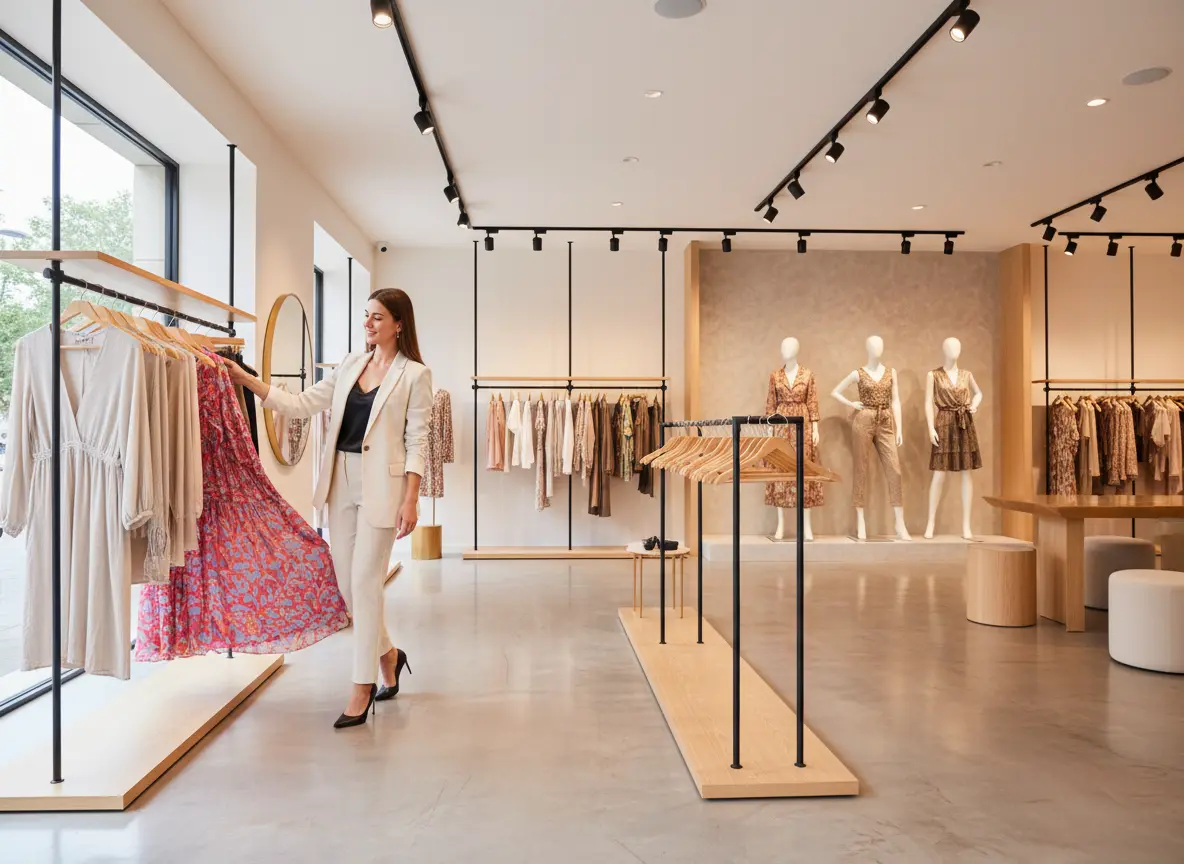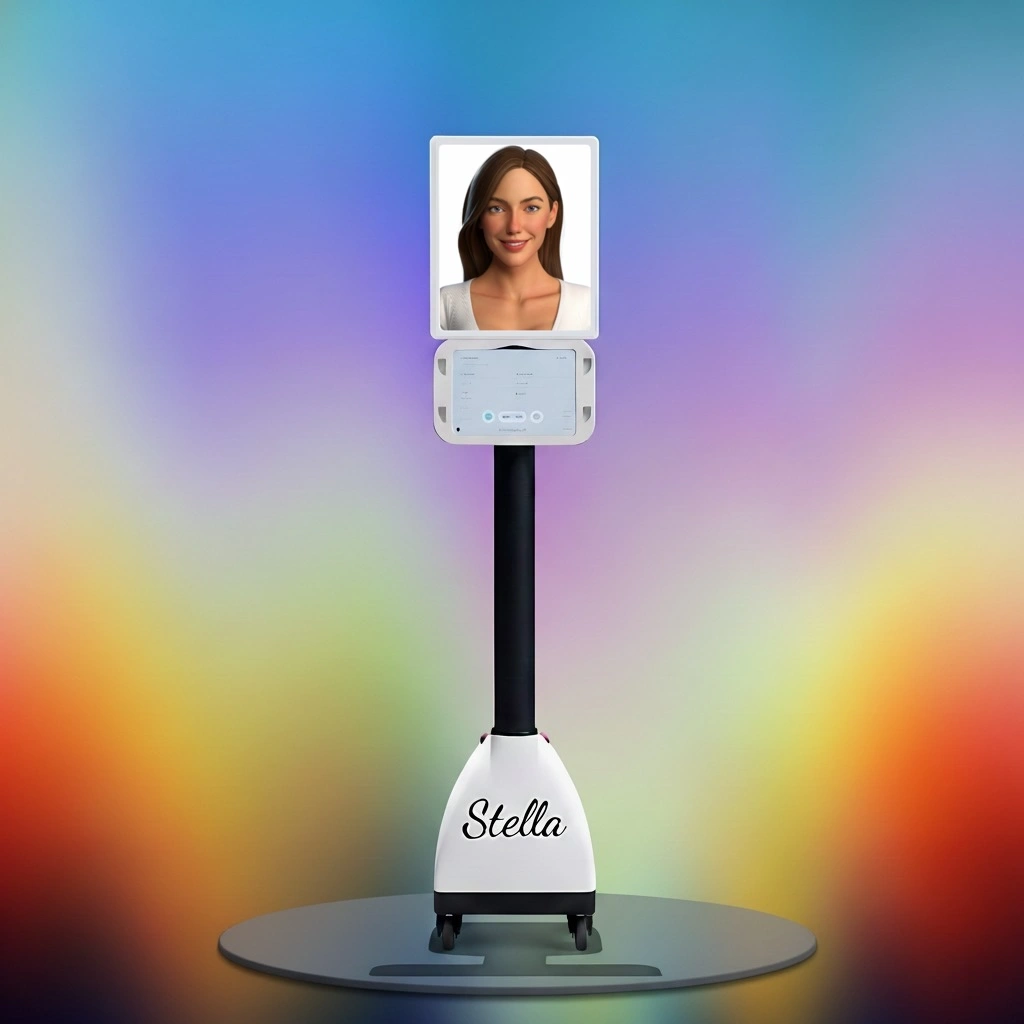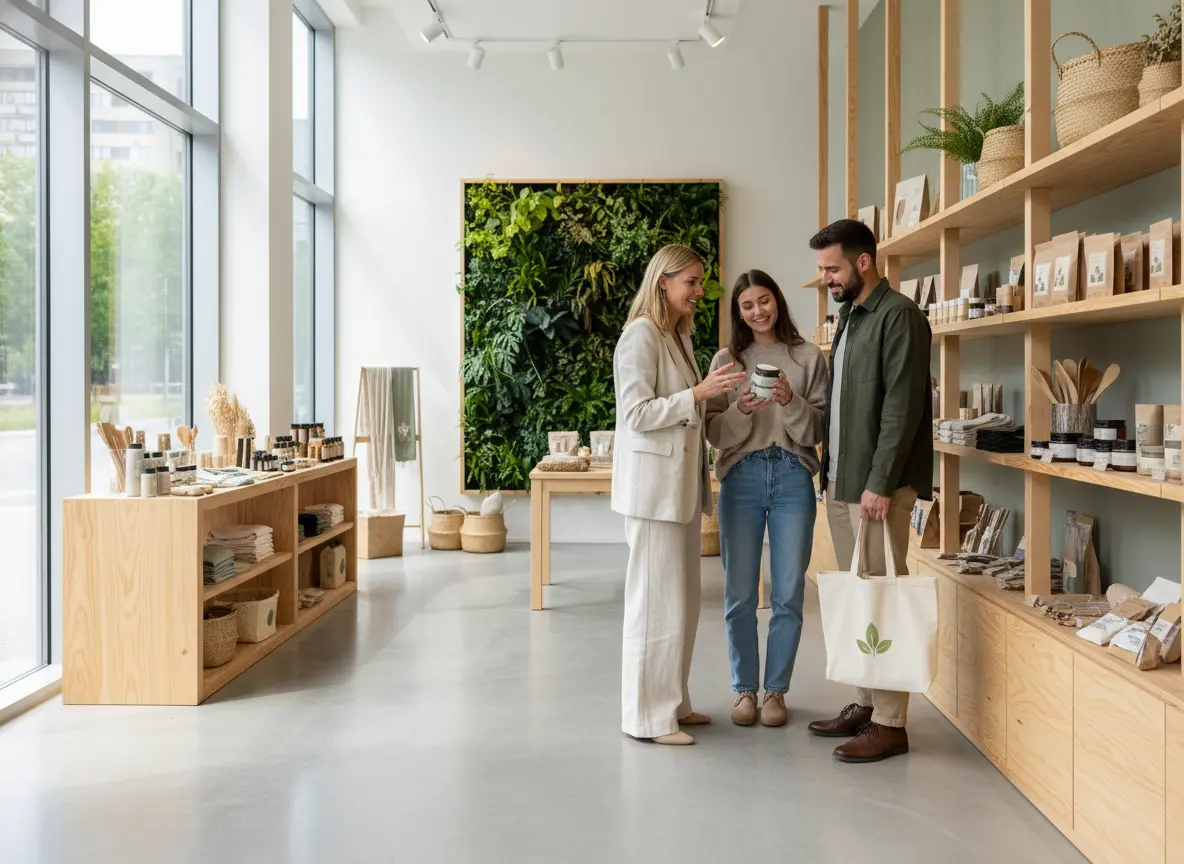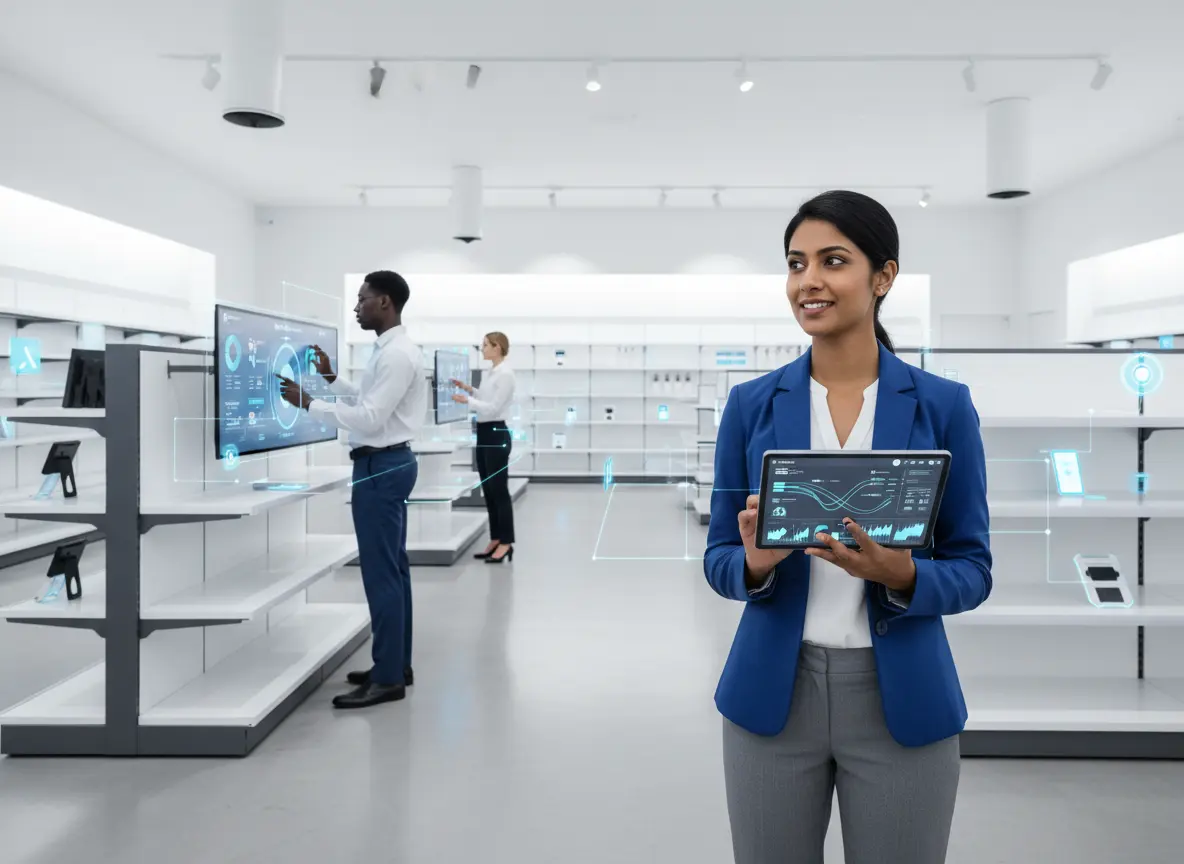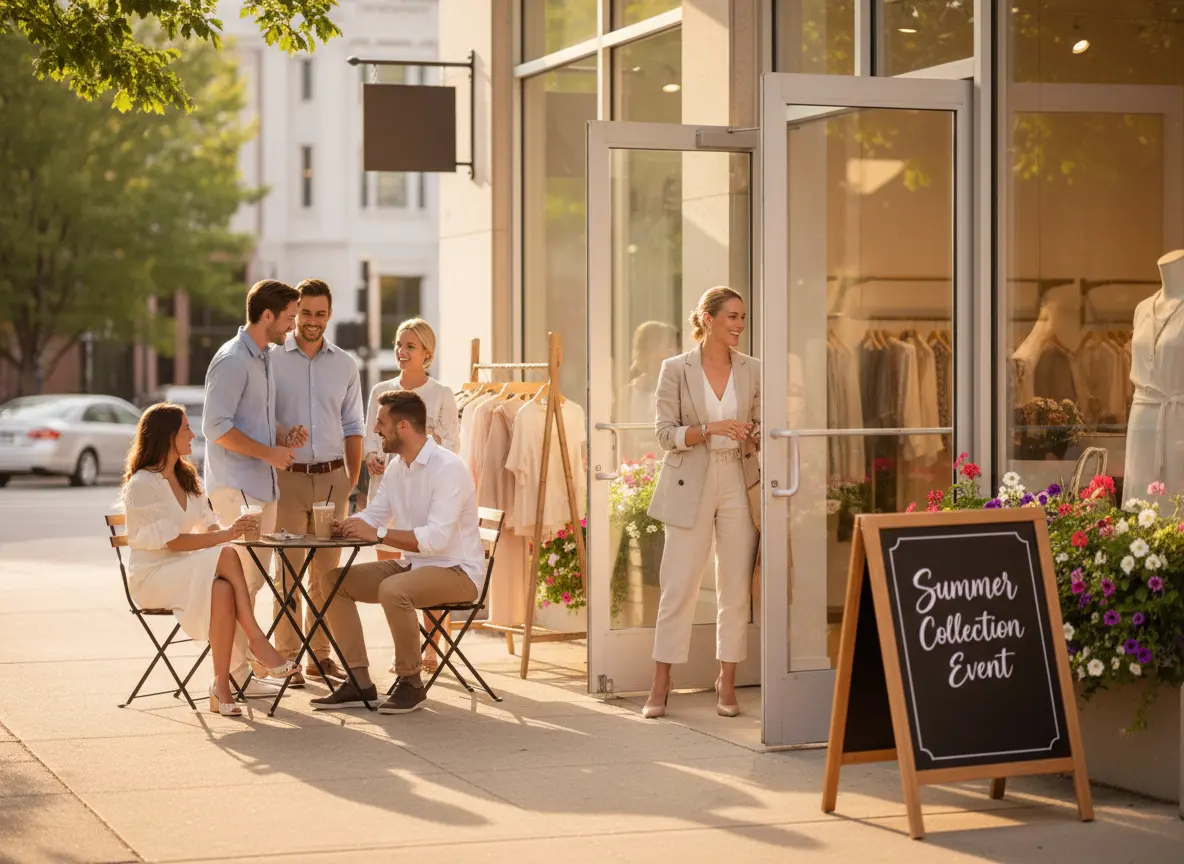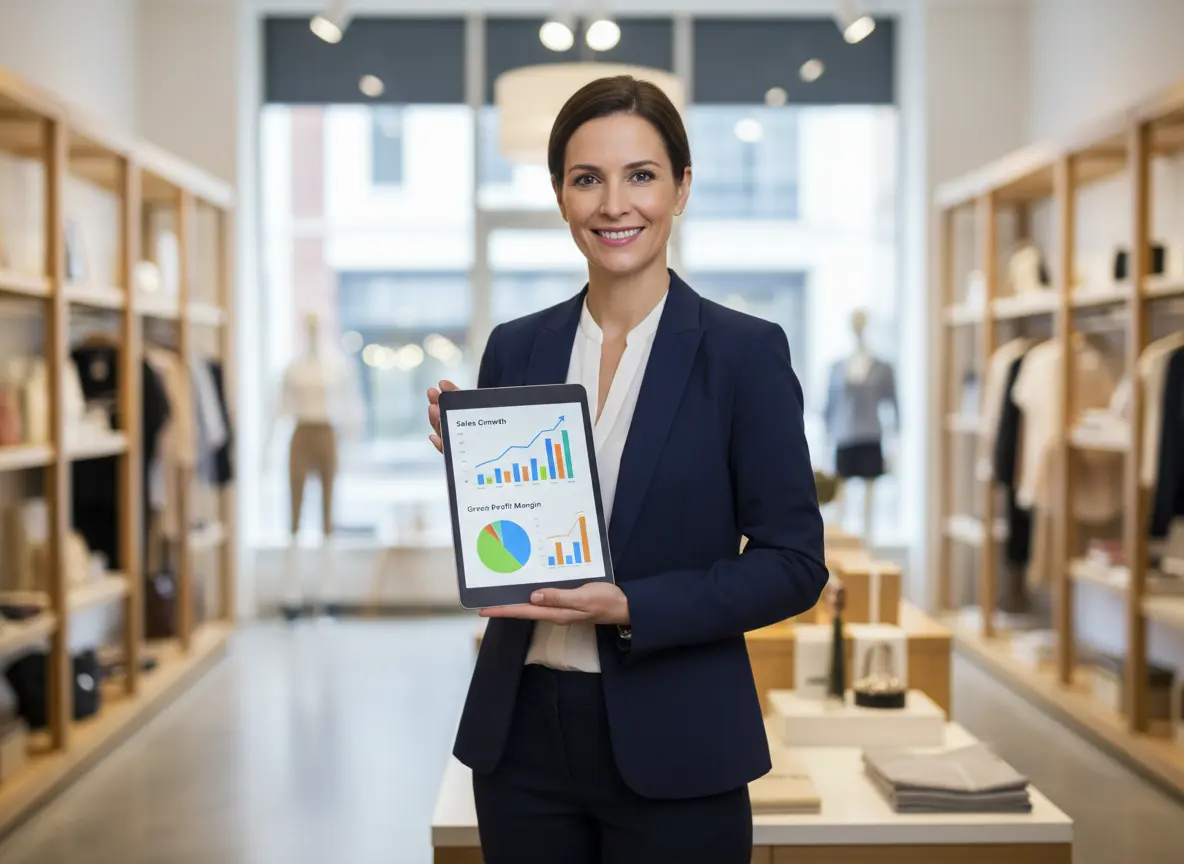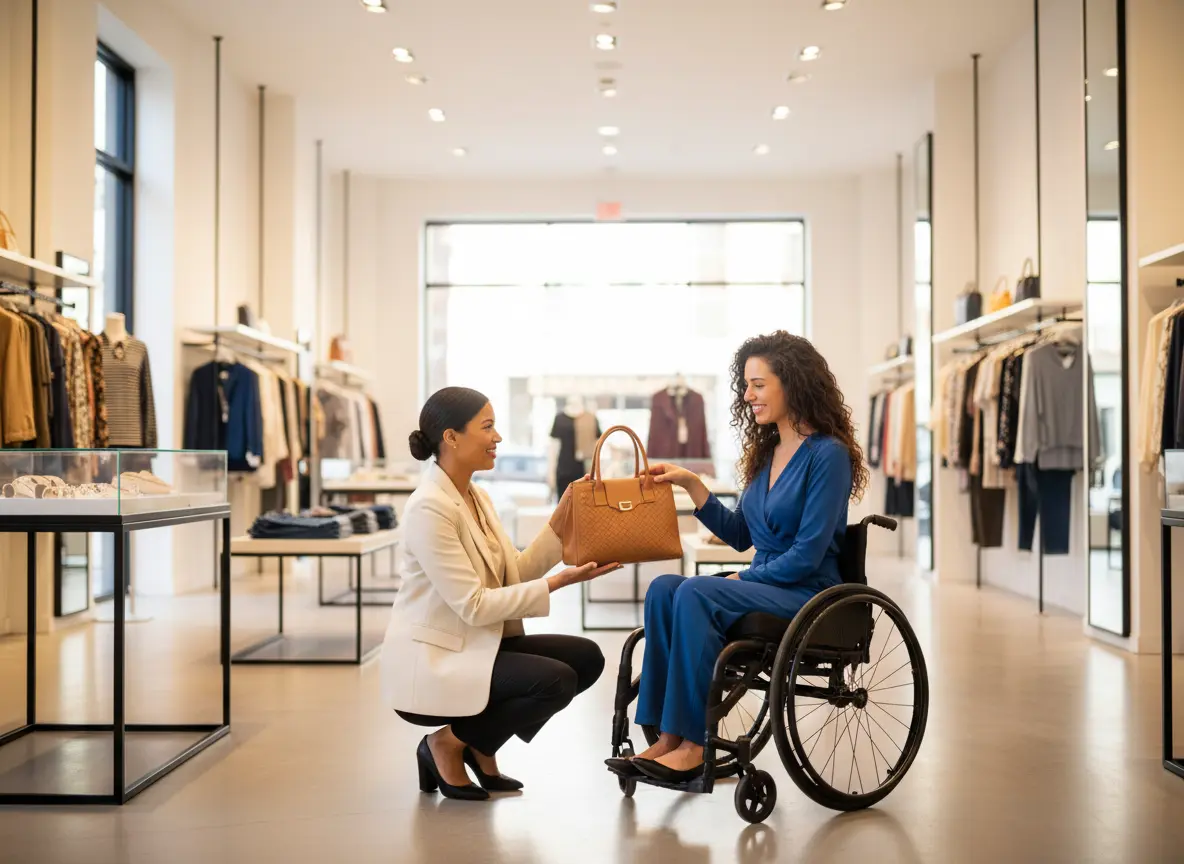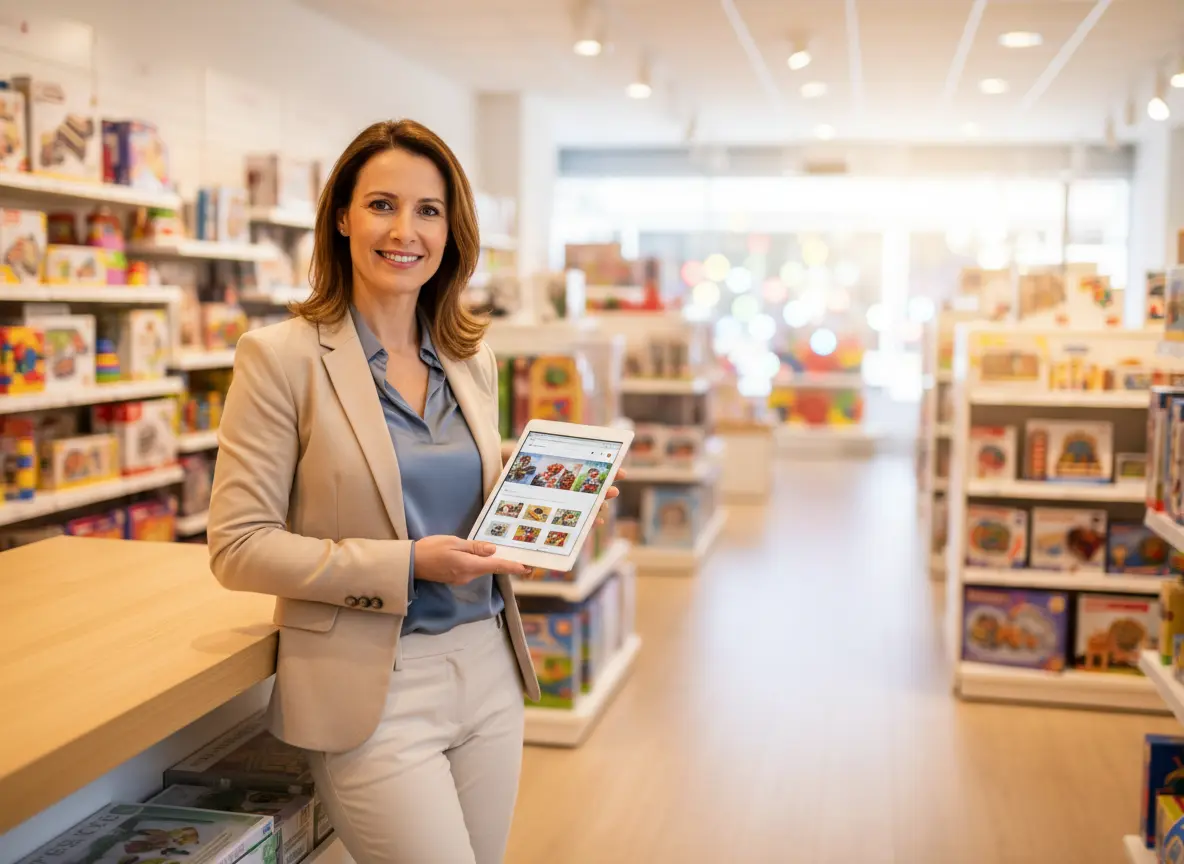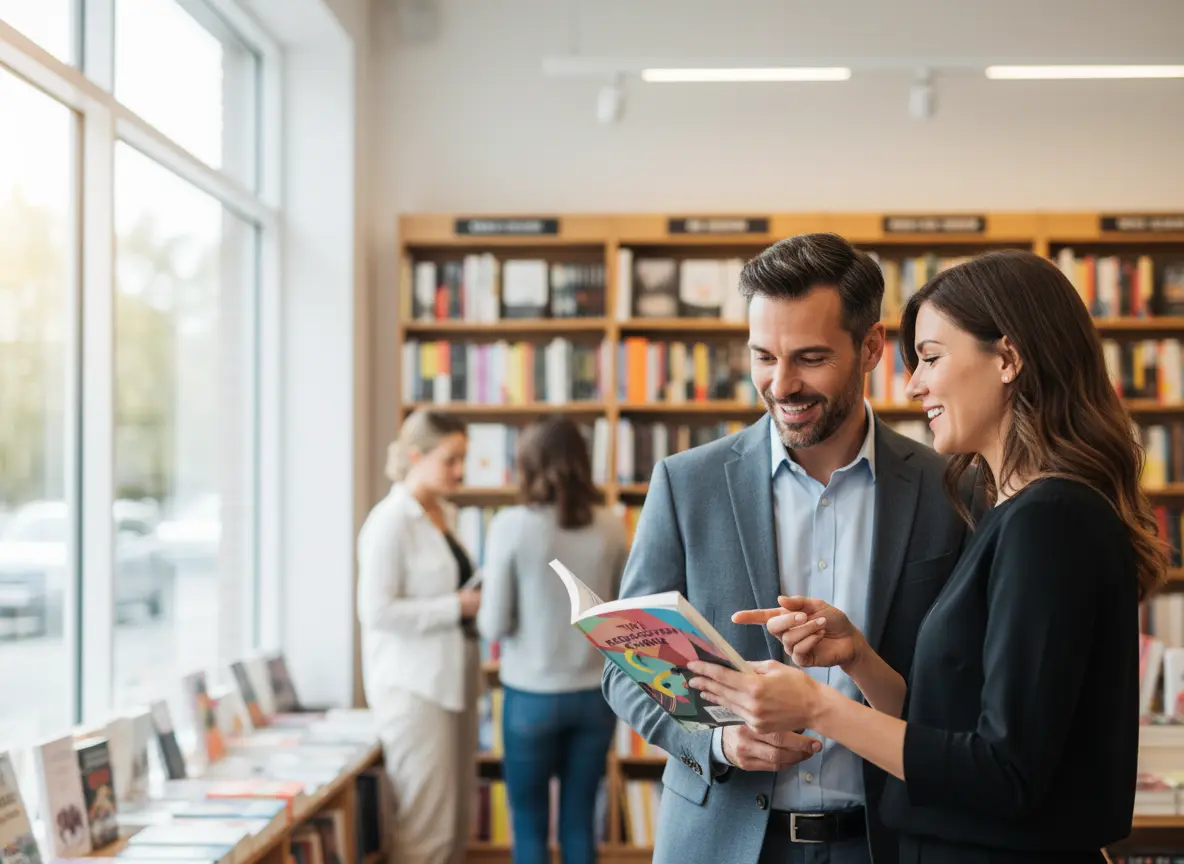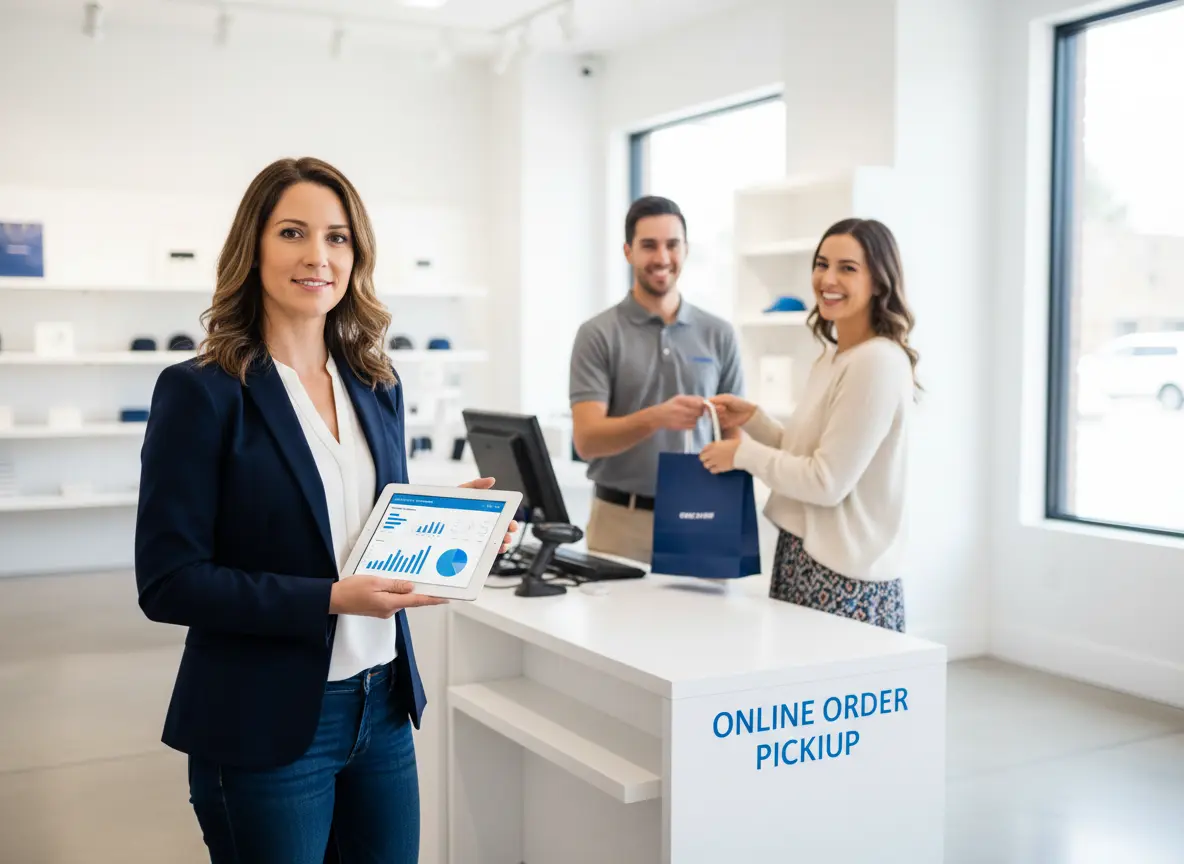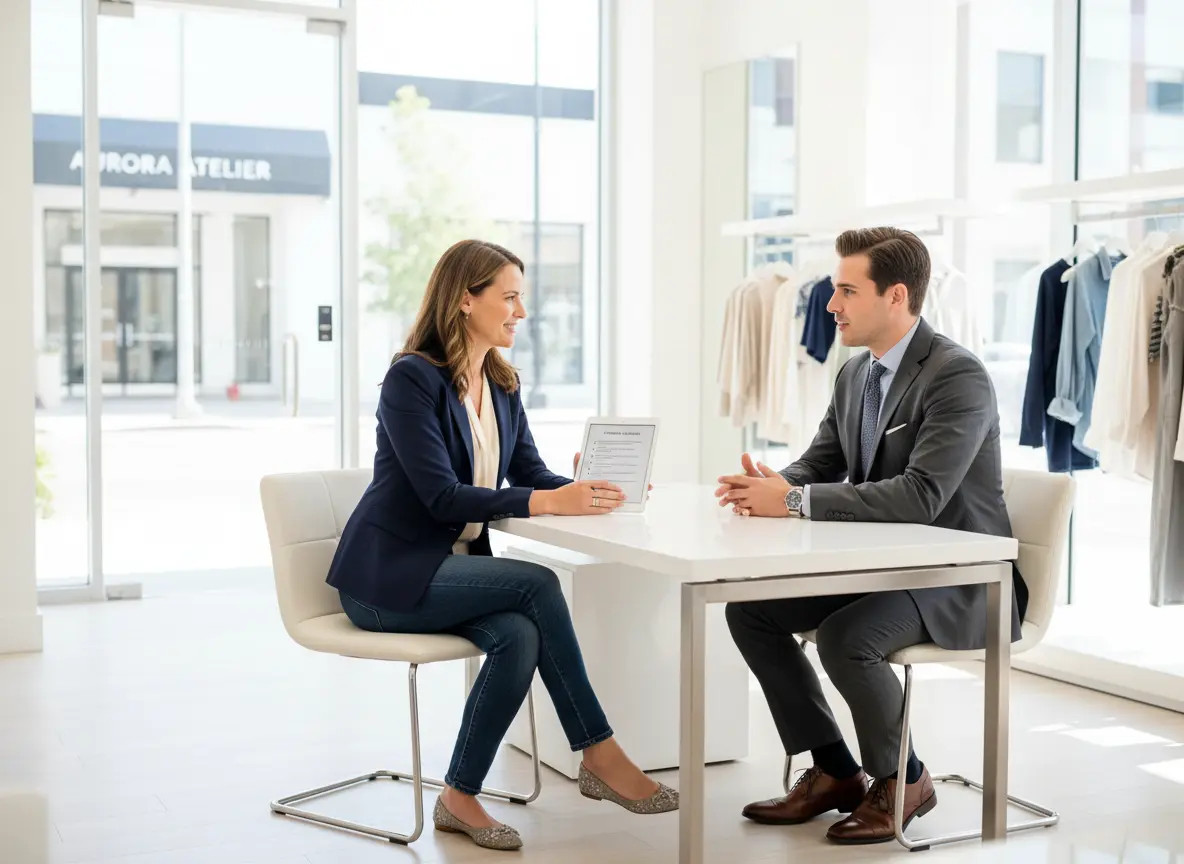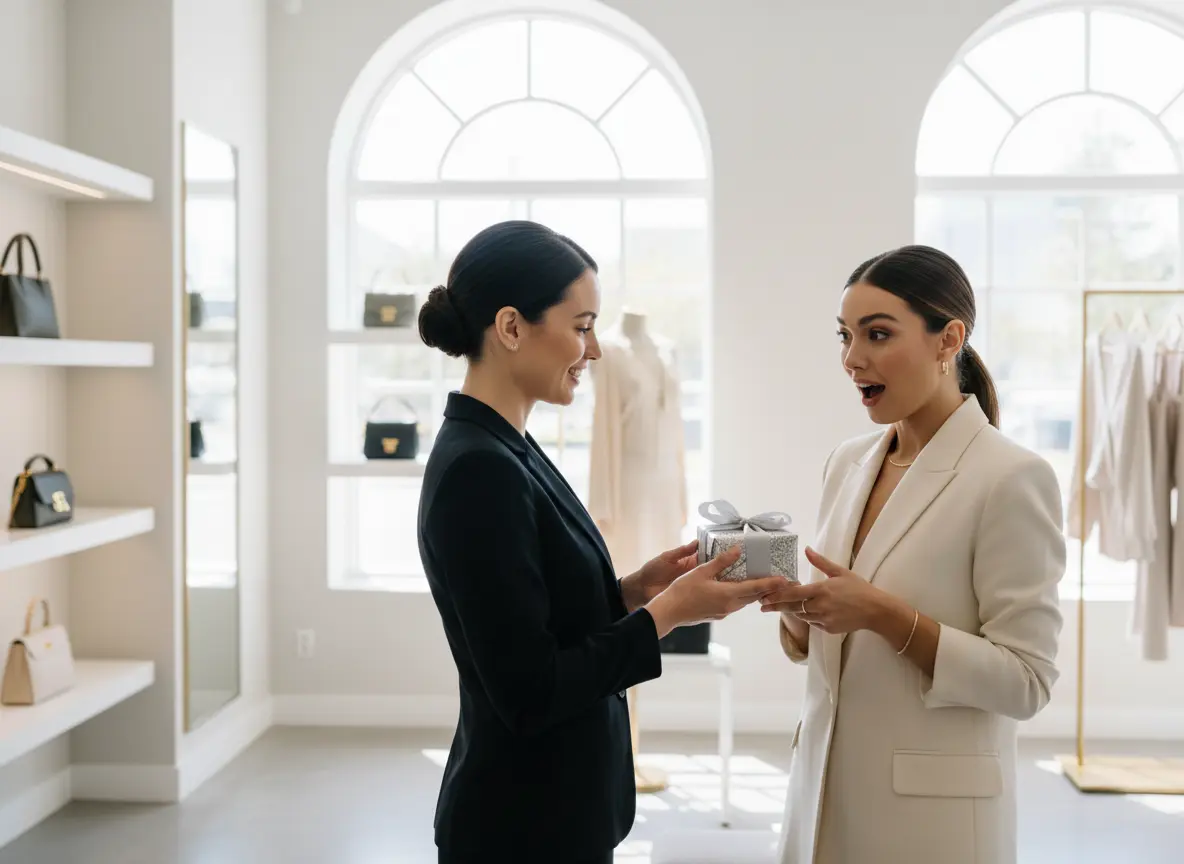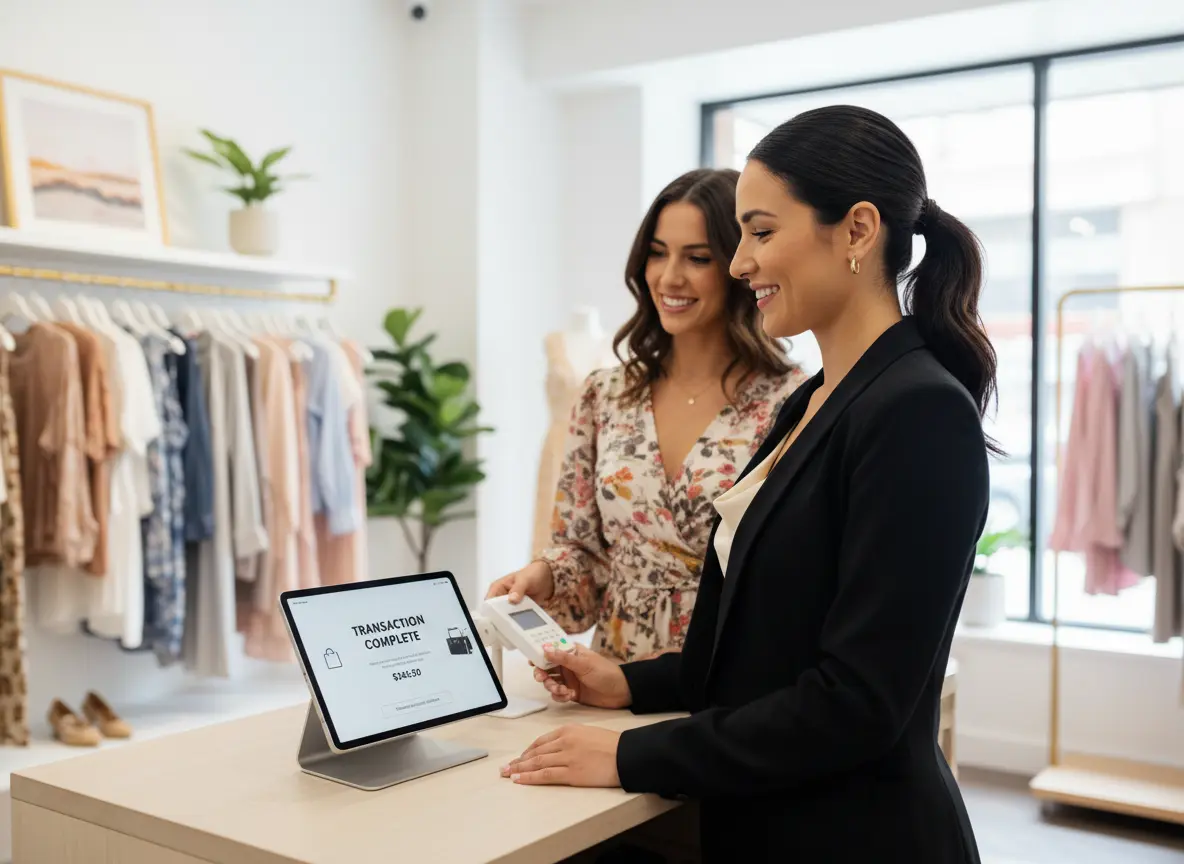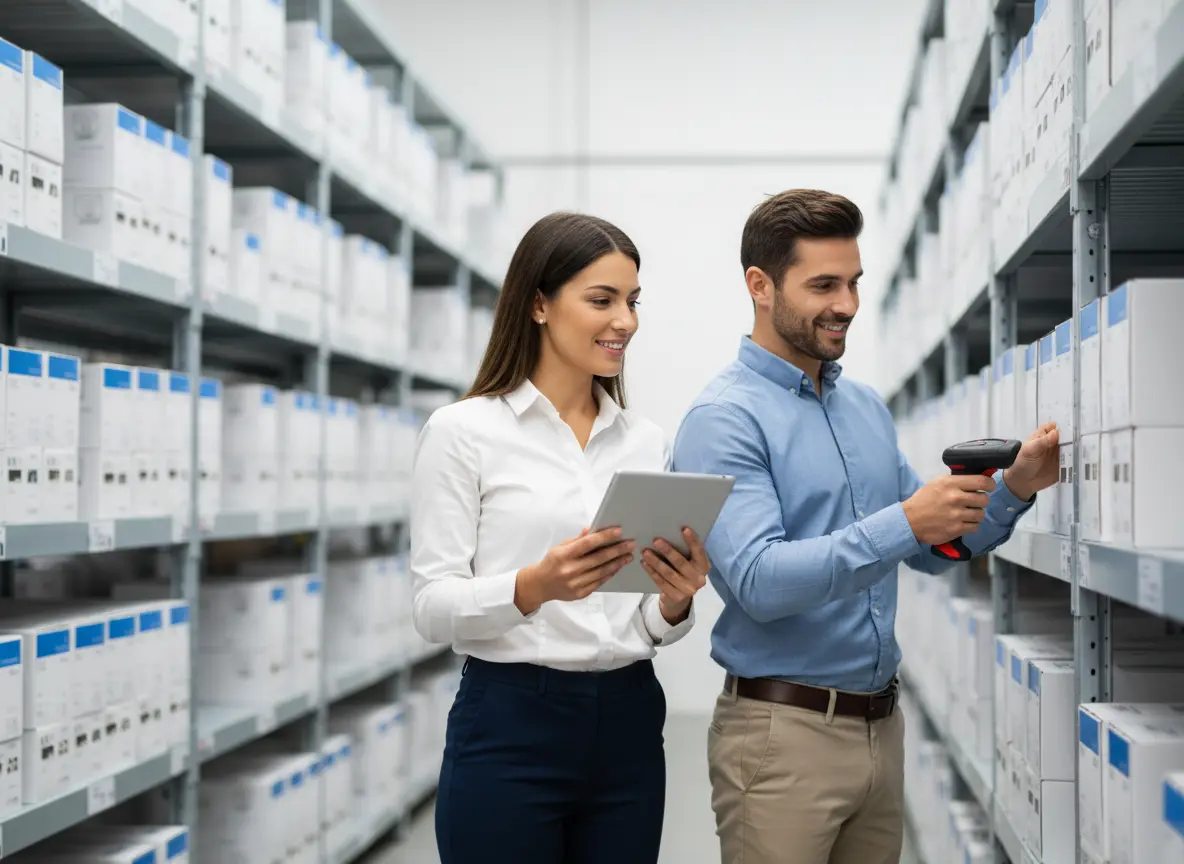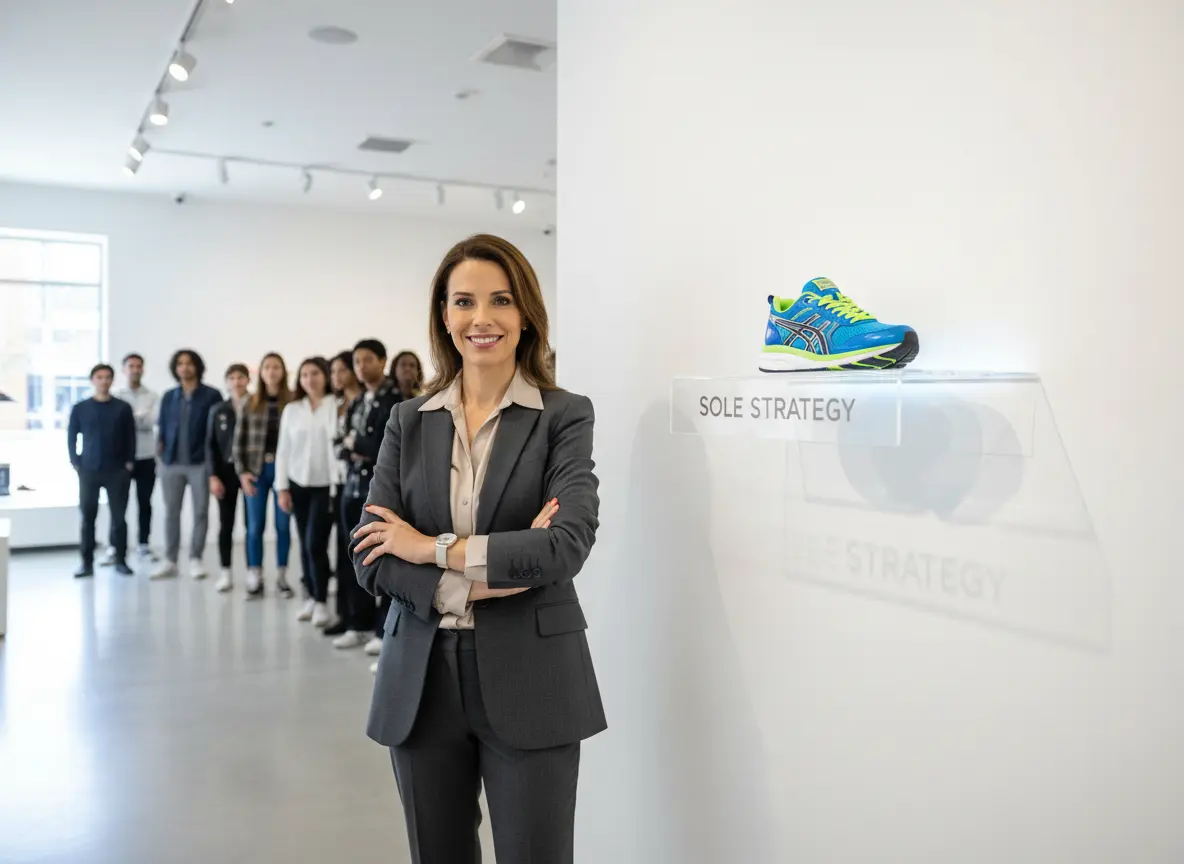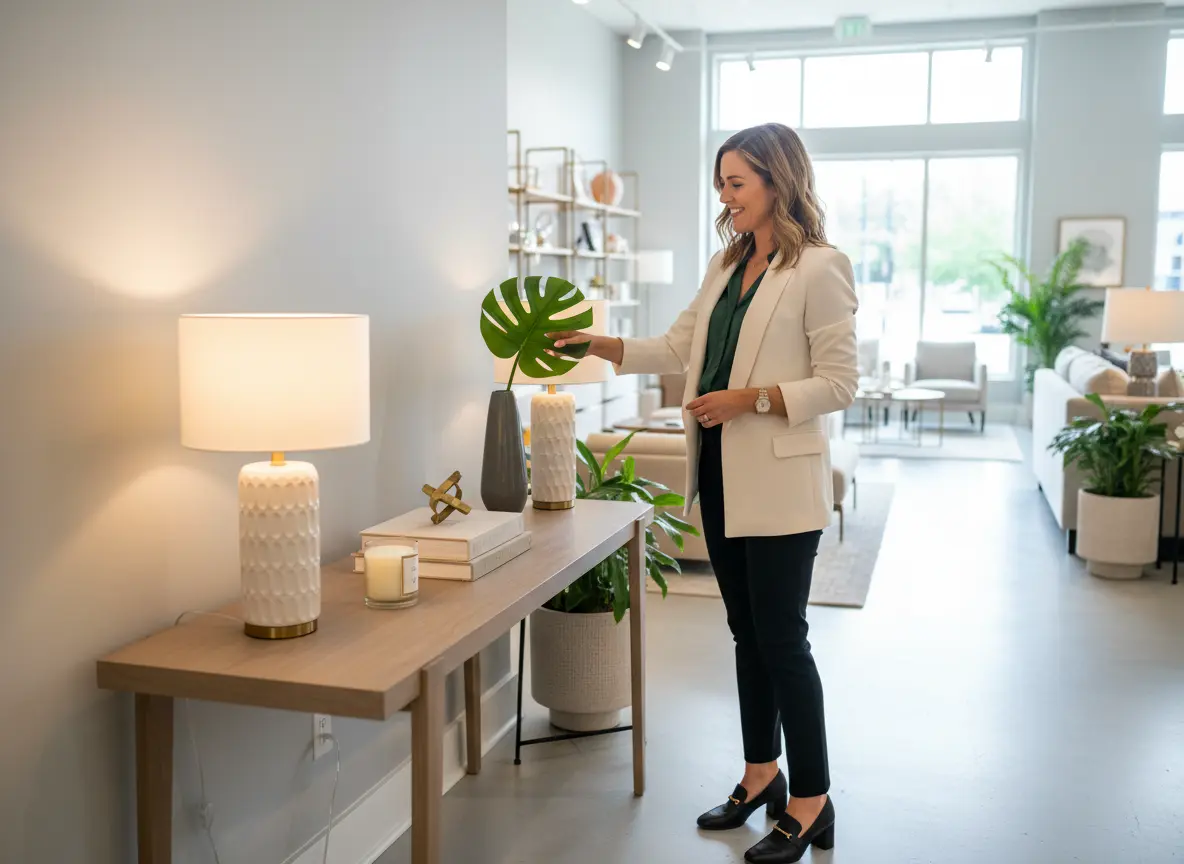Your Store's Secret Weapon is Hiding in Plain Sight
Let’s be honest. You didn’t get into the boutique business because you love staring at spreadsheets and agonizing over conversion rates. You got into it because you have taste. You can spot a killer pair of jeans from fifty yards, you know exactly which blouse will make someone feel like a rockstar, and your eye for curation is second to none. Your store is a beautiful, tangible extension of your vision.
So why does it sometimes feel like a museum? You watch shoppers drift in, glide past racks of meticulously chosen pieces, offer a polite "just looking," and then ghost you like a bad first date. It’s infuriating. You’ve built the perfect stage, but the actors aren’t reading their lines—or, you know, buying things.
Here’s the hard truth: your store's layout isn't just about looking pretty. It's your most valuable, hardest-working, and—until now—most underestimated employee. It’s your silent salesperson. It guides, persuades, and closes sales without ever saying a word. If your silent salesperson is slacking off, your bottom line feels it. It's time to give it a performance review and a promotion. Let's turn your beautiful space into a high-converting machine.
The Psychology of the Path to Purchase
Before a customer ever touches a garment, their brain is making a thousand subconscious decisions based on your store's environment. Are they comfortable? Intrigued? Overwhelmed? Their path through your store isn't random; it's a journey you design. A great layout makes that journey feel like a delightful treasure hunt. A bad one feels like trying to navigate a crowded airport with no signs.
The Decompression Zone: First Impressions Matter (More Than Your Dating Profile)
The first five to fifteen feet inside your door is what retail experts call the "Decompression Zone." This is your store's handshake. When a customer walks in, they're transitioning from the outside world—dodging traffic, checking their phone, mentally running through their to-do list. They need a moment to adjust.
The biggest mistake retailers make is assaulting customers in this zone. Don't cram it with overflowing sale racks, tiny impulse buys, or a sign screaming about your new arrivals. It's the equivalent of shouting at someone the moment they walk into a party. It’s just... a lot.
Instead, keep this area open and inviting. Use it to set the vibe. A single mannequin styled in a "hero" outfit, a beautiful rug, or a simple, elegant table with a fresh floral arrangement can do wonders. It signals quality and gives the shopper a moment to breathe and take in the beautiful world you've created. Let them land before you ask them to fly.
Mastering the Flow: Are You a Racetrack or a Treasure Hunt?
Have you ever noticed that most people—an estimated 90% of them, in fact—naturally turn right after entering a store? This isn't a coincidence; it's a well-documented psychological quirk. This makes the wall to your immediate right the most valuable piece of real estate in your entire store. We call it the Power Wall.
Your goal is to create a path that guides customers from that power wall on a journey around your space. For most boutiques, a "free-flow" layout works best, encouraging meandering and discovery. Think of it as a gentle loop that exposes them to the maximum amount of merchandise without feeling forced. Use your fixtures—racks, tables, and shelving—to create a subtle pathway. Avoid long, straight aisles that make your store feel like a grocery store and dead-ends that make shoppers feel trapped and awkward.
Your layout should feel intuitive. It should pull customers forward, making them curious about what's around the next corner. It’s less of a racetrack and more of a scenic garden path.
Power Walls and Speed Bumps
Your Power Wall is where you make your big statement. This is the place for your new arrivals, your most exciting collection, or your highest-margin items. It should be visually dynamic, well-lit, and tell a clear story. This isn’t the place for your basics; this is for the showstoppers.
As customers follow the path you've laid out, you need to give them reasons to pause. These are "speed bumps." A speed bump is any display that breaks up a long aisle or a dense rack of clothing, forcing the customer to stop and look. It could be:
- A small table showcasing a complete outfit: folded jeans, a stylish top, and accessorized with a necklace and a handbag.
- A mannequin positioned at the end of a rack, wearing a head-to-toe look.
- A display of three curated items that work together, illustrating a trend or a lifestyle.
Speed bumps are critical because they prevent "aisle fatigue," where a shopper's eyes glaze over when faced with a long, monotonous rack of clothing. They break up the visual line and pull specific products into focus, essentially saying, "Hey! Look at me!"
Creating an Experience That Sells
A brilliant layout gets people moving, but an exceptional experience gets them buying. This is where you layer in the human elements (and maybe some non-human ones) to elevate the journey from passive browsing to active shopping.
The Human (and Robot) Touchpoint
Nothing kills a vibe faster than walking into a store and being completely ignored. A warm, genuine greeting is non-negotiable. It makes shoppers feel seen and welcome. But let's be realistic—when you’re helping a customer in the fitting room and another is at the cash wrap, it's impossible for your team to greet every single person who walks through the door.
This is where a little help can make a huge difference. While your layout guides customers physically, an initial welcome can guide them emotionally and strategically. Imagine every single shopper being greeted warmly and informed about your "new summer linen collection on the right wall" or the "20% off all denim" promotion. This is where a tool like Stella, your in-store robot assistant, can be a game-changer. She stands near the entrance, ensuring no customer goes unnoticed. Stella can greet everyone, highlight promotions, and even answer basic questions, freeing up your human staff to do what they do best: provide personalized styling and build relationships. She’s the perfect host for the experience you’ve so carefully designed.
The Fitting Room: Your Conversion Powerhouse
If the Decompression Zone is the handshake, the fitting room is where you propose. It is, without a doubt, the single most important conversion point in your entire store. According to industry data, shoppers who use a fitting room are up to 70% more likely to make a purchase than those who just browse the floor. This space is not an afterthought; it's your M.V.P.
So, is your fitting room a drab, poorly-lit closet of self-doubt, or is it a sanctuary of confidence? Make it the latter.
- Lighting is everything. Use warm, flattering lights. Nobody has ever felt good about a purchase made under the harsh glare of a single fluorescent bulb.
- Give them space. It should be large enough to move around in comfortably, with hooks for their own clothes and the items they’re trying on. A small bench or stool is a massive plus.
- Mirrors, plural. One full-length mirror inside the stall is a must. A second one just outside the stall is even better, allowing them to see the outfit from a different distance and perspective.
Your staff should be attentive to the fitting rooms, ready to grab a different size or offer a styling suggestion. This is where a sale is won or lost. Make it an experience they want to have.
Strategic Merchandising: Making Products Pop
You’ve guided them through the store and made them feel welcome. Now, it's time to make the clothes themselves do the talking. Strategic merchandising is the difference between a rack of clothes and a collection of possibilities.
The Art of Visual Storytelling
Stop thinking in categories and start thinking in stories. Instead of having a "tops" section, a "pants" section, and a "jackets" section, create curated vignettes that tell a complete story. For example, create a "Weekend in Wine Country" display featuring a breezy midi dress, a light denim jacket, a pair of espadrilles, a straw tote, and sunglasses.
This does two powerful things:
- It inspires your customer. You're not just selling a dress; you're selling them the idea of themselves looking effortlessly chic on a beautiful weekend getaway.
- It increases the average transaction value. By showing how pieces work together, you plant the seed for a multi-item purchase. They came in for a dress, but they’re leaving with a full outfit.
Use props sparingly to enhance the story—a stack of travel books, a vintage suitcase, a few wine glasses. The goal is to create a mood, not a movie set.
The Rule of Three and Other Display Tricks
Our brains are wired to find certain patterns more pleasing than others. You can use a few classic visual merchandising principles to your advantage:
- The Rule of Three: Grouping items in odd numbers, especially threes, is more visually appealing and memorable than even numbers. Try a display with three mannequins, a stack of three folded sweaters in different colors, or a table featuring a handbag, a scarf, and a wallet.
- The Pyramid Principle: When creating a tabletop display, arrange products in a triangular shape, with the tallest item in the middle or at the back. This creates a focal point and guides the eye naturally through the arrangement.
- Color vs. Context: A wall of color-blocked merchandise can be visually stunning and make a huge impact from a distance. However, for actually selling, grouping by lifestyle or "story" (as mentioned above) is often more effective because it solves a problem for the customer. A great strategy is to use color blocking to draw a customer in from afar, then present smaller, context-based stories within that color scheme up close.
And please, for the love of all that is retail, steam your clothes. A wrinkled garment looks unloved and cheapens the entire experience. It's a small detail with a massive impact.
The Checkout Counter: Your Final Chance to Shine
The cash wrap isn't just a place to take money. It’s your last chance to make an impression and boost the sale. Keep this area clean, organized, and free of clutter. This is the perfect spot for high-margin, low-cost impulse buys that are easy to say "yes" to. Think small leather goods, unique jewelry, luxurious hand creams, or chic candles.
This is also your final point of connection. Instead of a robotic, "Will that be all?" train your staff to make a genuine, personal comment. "You are going to get so many compliments on that dress," or "Have a fantastic time at the event you mentioned!" It ends the transaction on a high note and builds the kind of loyalty that brings people back again and again.
A Quick Reminder About Stella
As you're rethinking your floor plan and crafting stunning visual stories, remember that the customer journey begins the second they walk in the door. While your layout works silently, Stella provides a consistent, friendly voice to welcome every shopper, highlight your hard work, and ensure the experience you’ve designed starts perfectly, every time.
Your Store Is Ready for Its Promotion
Your store’s layout is so much more than shelves and racks; it’s a carefully choreographed dance designed to lead your customer from casual browser to loyal fan. By understanding the psychology of the path to purchase and implementing strategic merchandising, you can transform your beautiful space into a powerful, revenue-generating machine.
Don't get overwhelmed and try to do everything at once. Pick one thing to focus on this week. Your homework: go stand at your entrance and take a hard look at your Power Wall. What story is it telling? Is it exciting? Is it compelling? If not, make that your project. Give it the attention it deserves.
Your silent salesperson is ready to work overtime. It never calls in sick, it doesn’t need a coffee break, and with a little strategic direction, it's about to become the best employee you've ever had.
